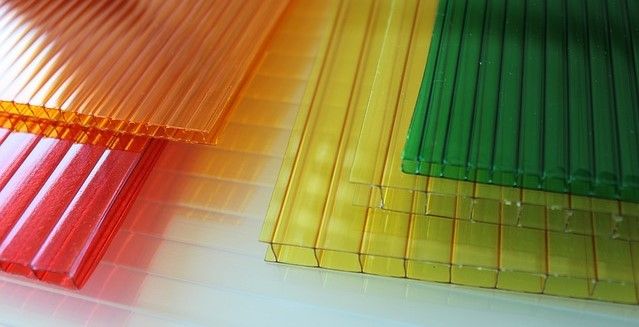Nobel Prize winner Richard Feynman was one of the first to envisage how nanotechnology would come to play such a key role in modern manufacturing.
In his now famous 1959 address to the American Physical Society’s annual meeting at the California Institute of Technology, Feynman theorized how it would one day be possible to engineer materials at the nanoscale.
“What would the properties of materials be if we could really arrange the atoms the way we want them?” Feynman asked. “… we will get an enormously greater range of possible properties that substances can have, and of different things that we can do.”

In his speech, entitled ‘There’s Plenty of Room at the Bottom’, Feynman talked about the significance of nanotechnology. Explaining how, “Atoms on a small scale behave like nothing on a large scale, for they satisfy the laws of quantum mechanics. So, as we go down and fiddle around with the atoms down there, we are working with different laws, and we can expect to do different things.”
His ideas laid out a vision of a future where engineers would be able to re-organise materials at such a small scale that they would work in a way that was completely different to how they work as a bulk material.
Sixty years ago, controlling materials at the nano or atomic scale was not possible, as Feynman noted, “it is something, in principle, that can be done; but in practice, it has not been done because we are too big.”
However, later discoveries, such as improvements made to the electron microscope and the invention of processes such as chemical vapour deposition (CVD) enable today’s chemical engineers to see and control how nanomaterials work.
Today, nanomaterial specialists understand that alongside the laws of quantum mechanics (which alters the way physics works at the nanoscale) is the way that a nanoparticle’s very small volume has a relatively large surface area. This alters the way that a material reacts with the materials around it, meaning that it can have a huge influence on the properties of a bulk material, even with a weighting percentage as low as 0.2% of carbon nanomaterials.

As a consequence, nanotechnology is now at the centre of manufacturing and industrial production, with the nanomaterial industry as a whole is expected to see annual growth of 13.1% until 2027.
A large portion of this predicted to be in the plastics industry because one of the major limitations on using nanomaterials in polymers has now been solved.
For many years, nanotechnology researchers struggled to disperse nanoparticles throughout a plastic. If the material clumped together or was spread too thinly in a polymer, it would not work effectively – if at all.
At the same time, the high prices once charged for products such as carbon nanotubes and graphene meant that the market for nanotechnology in the plastics industry was solely for high-end or specialist products.
Prices for nanomaterials have since fallen considerably, as industrial scale production and increased competition among nanomaterial producers is taking effect. This is making their use economically viable in everyday plastic products and is creating a great deal of expansion in industrial markets for nanomaterials.

At the same time, mixing nanomaterials throughout the entire volume of a plastic is also no longer necessary. Instead, a nanotechnology process has been created for the modification of polymers with nanomaterials only at the surface.
The patent-pending technique was developed by nanomaterial specialists from research centres across Europe. Working in cooperation with the industrial raw material suppliers at NANO CHEMI GROUP, they have created a nanotechnology solution which has been proven to add unique selling points to a wide range of plastic products.
It is a solution which can provide a plastic with greatly sought-after properties, such as thermal and electrical conductivity, UV protection, or improved strength – all while maintaining original desired qualities.

As a result, nanomaterials are now being used in a variety of polymers, rubbers, resins, and plastics.
They are used in the manufacture of printing rollers to prevent the build-up of static electricity. They can be found in more than 70% of American car fuel lines, where they minimise the risk of accidental ignition. They are added to the polymer fibres in hospital uniforms and face masks to provide anti-microbial properties. They are used in polycarbonate ‘sneeze screens’ to limit the spread of infection. They are used on work benches for the manufacture of electronics or in laboratories where sensitive electronic devices are used. They are used to limit chemical corrosion in extreme environments, as well as being used in epoxy resin floorings in warehouses and factories to prevent static build up.
History can often help us predict the future – and so it is with nanotechnology. Theories and ideas from more than sixty years ago explained how we can modify materials with great precision. Giving polymers a variety of desirable properties and giving plastics manufacturers the power to meet their customers’ needs.
To learn more about nanotechnology and how it can improve a plastic or save costs on polymer production visit: NANO CHEMI GROUP.
Photo credit: NANO CHEMI GROUP, Marlon Falcon Hernandez from Pixabay, Bruno /Germany from Pixabay, & AG CHEMI GROUP
